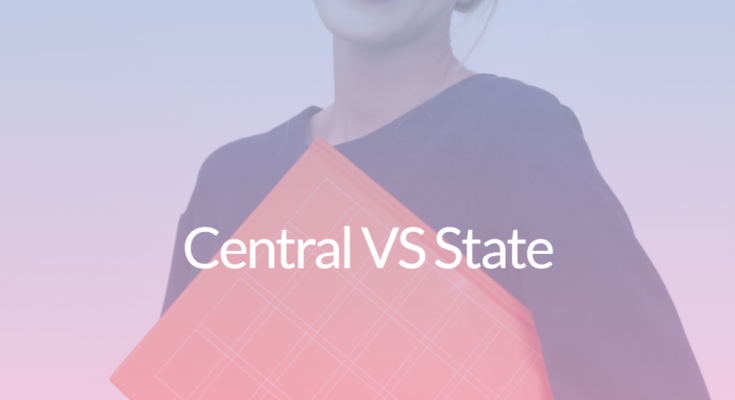Difference Between Central and State Government Employees
Introduction
Government employees play a crucial role in the functioning of any nation. They serve the public by providing various essential services. In most countries, the government is divided into central and state levels, each having its own set of employees working under different jurisdictions. While both central and state government employees are involved in public administration, there are some significant differences between the two.
Differences between Central and State Government Employees
| Central Government Employees | State Government Employees |
|---|---|
| Central government employees work for the central or federal government of a country. | State government employees work for the government of a specific state or province within a country. |
| They are appointed by the President or Prime Minister of the country. | They are appointed by the Chief Minister or Governor of the state. |
| Their duties and responsibilities are spread across various ministries and departments at the national level. | They serve within the departments and agencies of the state government. |
| The central government employees are governed by central laws and regulations. | The state government employees are governed by state laws and regulations. |
| Central government employees usually have postings and transfers all over the country. | State government employees generally have postings and transfers within the boundaries of their respective states. |
| They are generally entitled to higher salary scales, allowances, and benefits due to the national-level nature of their work. | They may have slightly lower salary scales, allowances, and benefits compared to central government employees. |
| Central government employees are part of a larger network and often have more opportunities for promotion and career growth. | State government employees have opportunities for promotion and career growth within the state-level bureaucracy. |
| They may be involved in policymaking and implementation of national-level programs. | They are primarily involved in the formulation and execution of state-level policies and programs. |
| Central government employees have a greater scope for exposure to international affairs and collaborations. | State government employees primarily focus on domestic matters and state-level collaborations. |
Conclusion
In summary, while central and state government employees share the common goal of serving the public, they differ in terms of their jurisdiction, appointment process, governing laws, postings, salary scales, career growth opportunities, and scope of work. Both categories of government employees have important roles to play in the overall governance and functioning of a nation.


